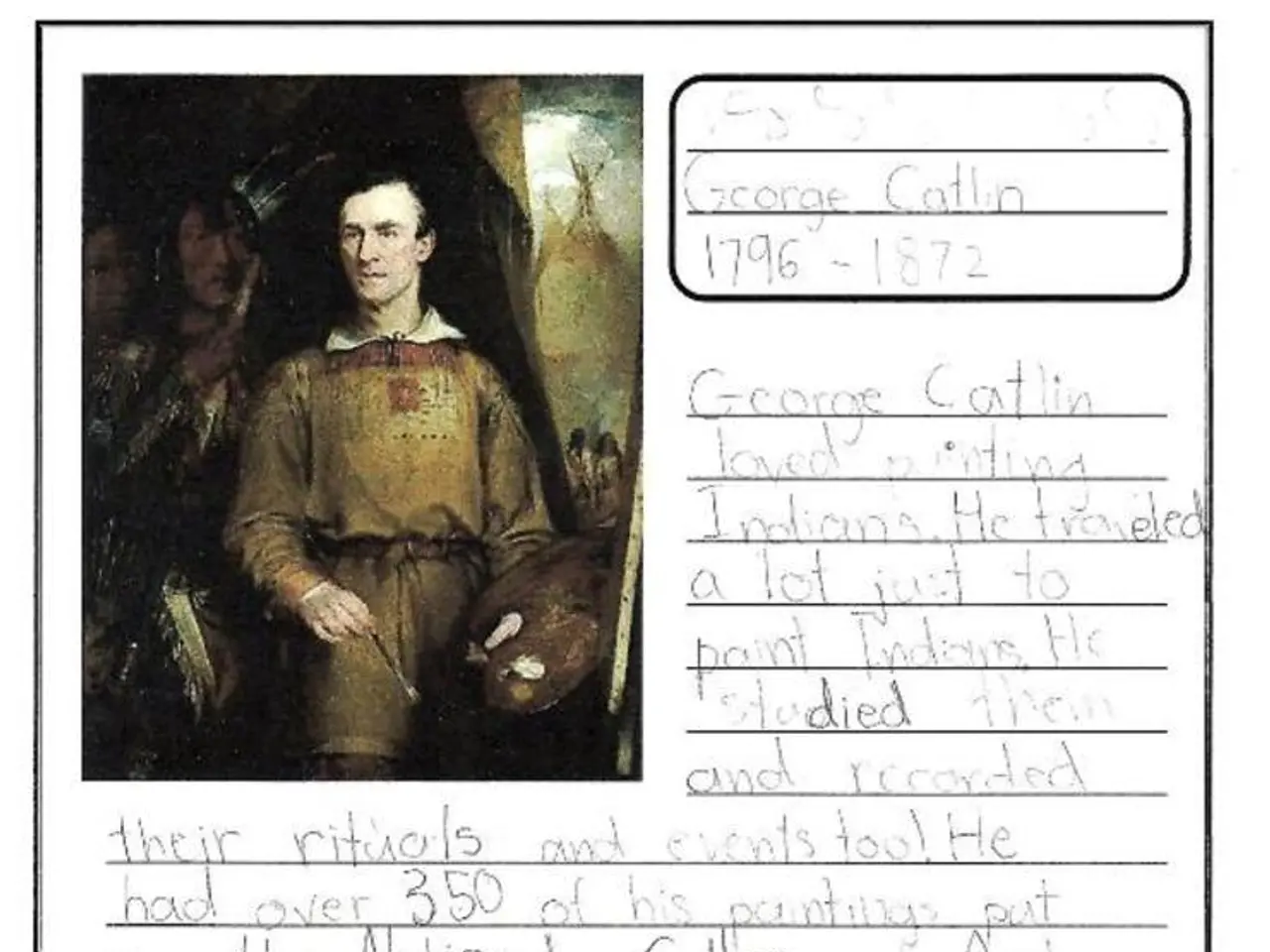Ethiopian Magi Trio: Antiquated Enigma, Modern Interpretation
In the annals of Christian tradition, the Ethiopian origins of one of the Three Magi, Balthasar, are a captivating tale that reflects the continent's historical significance and cultural richness. However, it's essential to understand that this connection is more deeply rooted in medieval Western church traditions and artistic representation rather than early biblical texts.
The biblical account itself does not specify the number, names, or ethnic origins of the Wise Men or Magi, only that they came from "the East" to honour Jesus. The names and their supposed ethnic origins, including the Ethiopian connection, developed in Christian lore centuries later, possibly as a symbolic representation of Jesus' recognition by different parts of the known world.
The Magi in Medieval Western Christian Tradition
According to these traditions, particularly from around the 8th century onwards, the Magi are often identified by name and origin. Balthasar is frequently represented as a king from Arabia or sometimes Ethiopia, Melchior as from Persia, and Gaspar (or Caspar) as from India. This association of Balthasar with Ethiopia reflects medieval notions and iconography where he is depicted as a Black king in Christian art, suggesting an Ethiopian or African origin for one of the Magi.
Ethiopia's Early Christian Heritage
Ethiopia's early Christian heritage is historically grounded. The Ethiopian Orthodox Tewahedo Church traces its origins back to the 4th century with the Christianization of the Kingdom of Aksum. The New Testament also mentions an Ethiopian eunuch, a royal official baptized by Philip the Evangelist (Acts 8:26-27), indicating early Christian influence in the region.
While this establishes Ethiopia as one of the earliest Christian regions, direct historical evidence linking Ethiopia specifically to the origin of the Magi is more a matter of later ecclesiastical tradition and legend than of contemporaneous historical record.
The Magi in Ethiopian Orthodox Traditions
In the Ethiopian Orthodox Church, the Magi are venerated as saints. Ethiopian art is replete with depictions of the Magi, with distinct features and attire that set them apart from traditional Western depictions. According to some Ethiopian traditions, the Magi were not just from the East but specifically from Ethiopia.
The Ethiopian version of the Magi's story often emphasizes their wisdom and piety. The Magi's Ethiopian origin challenges the Eurocentric narrative in Christian iconography, offering a fresh perspective on the Nativity story.
The story of the three Magi, if from Ethiopia, would have been a monumental undertaking, crossing vast deserts and treacherous terrains. Embracing this interpretation encourages us to rethink our assumptions and embrace a more inclusive and diverse worldview.
In contemporary discussions on diversity, inclusion, and interfaith dialogue, the Ethiopian origin of one of the Magi has profound implications. It serves as a metaphor for interfaith dialogue and understanding, encouraging engagement with people of different faiths to build bridges of understanding and cooperation.
The Magi's journey, if from Ethiopia, underscores the importance of cultivating a spirit of curiosity and lifelong learning. It encourages us to find something to believe in that gives our lives purpose and direction. Above all, it invites us to embrace diversity as a richness in our lives, celebrating the many cultures and traditions that make up the tapestry of human history.
- The Magi's Ethiopian origin, as suggested by the Ethiopian Orthodox Church, challenges the traditional Western depiction of the Magi, offering a diverse perspective in the Nativity story, particularly in art and fashion-and-beauty.
- Embracing the idea of the Magi being from Ethiopia, as opposed to the conventional "the East," encourages a lifestyle that cherishes learning and self-development, as the Magi's journey symbolizes curiosity and lifelong learning.
- The interfaith implications of the Ethiopian Magi extend beyond the realm of religion and history, influencing our understanding of culture, including food-and-drink, books, and entertainment, as we seek to embrace and appreciate the diversity in our multicultural world.




